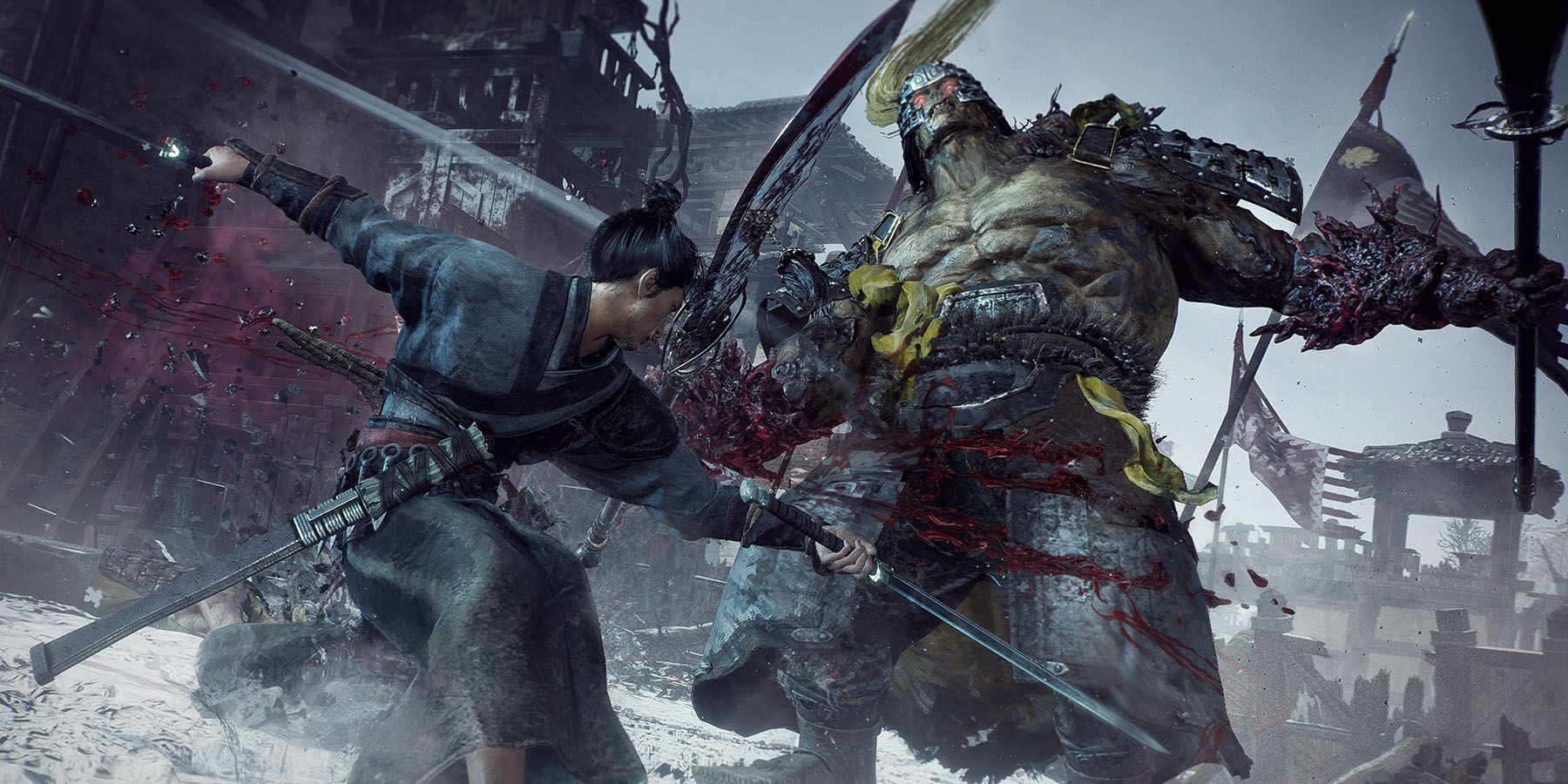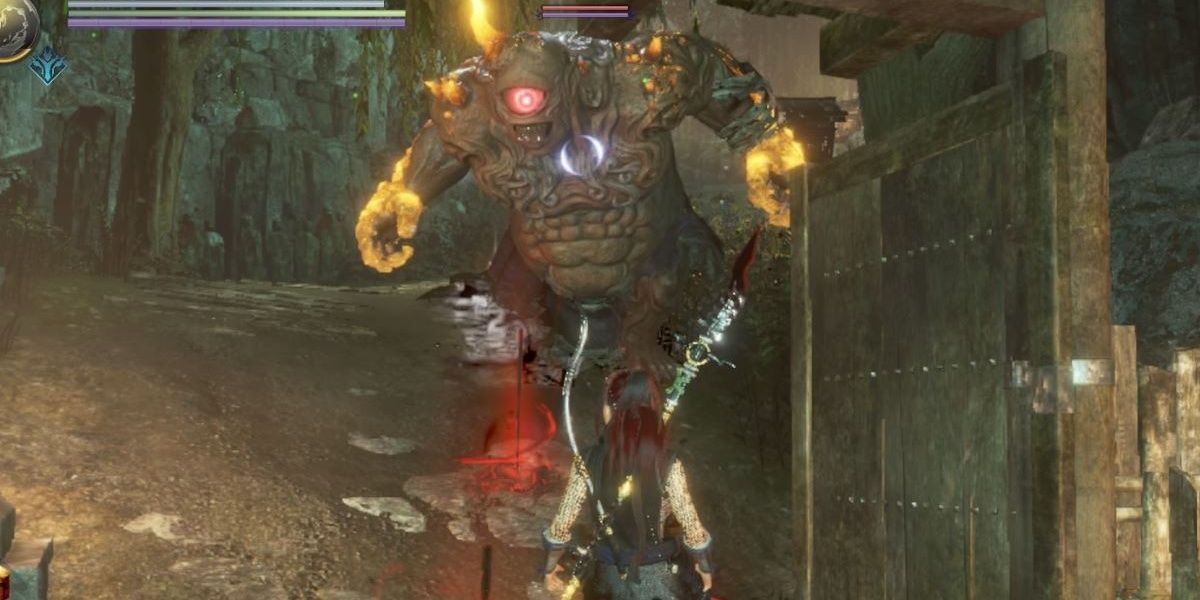From the very first time footage of Wo Long: Fallen Dynasty was released, many remarked how it looked to be a spiritual successor to Nioh, the beloved Team Ninja series that many feel is the next best thing to Dark Souls. However, pre-launch interviews revealed the Wo Long: Fallen Dynasty developers were quick to put some distance between this original IP based on the Three Kingdoms period in Ancient China and Nioh, which is set against the backdrop of feudal Japan. Now released, the game does share several similarities with its older brother, but also sets itself apart in a couple of important ways.
On the surface, the two titles appear very similar. Both Wo Long: Fallen Dynasty and the Nioh games are tough third-person action-RPGs pitting the player against soldiers, monsters, and supernatural entities. The combat in both games is some of the finest in the genre. Fluid, robust systems are apparent in both, with close and far-ranged melee combat combined with a range of spells used to either damage enemies or protect the player.
Wo Long and Nioh have Similarities and Differences in Equal Measure
As well as the usual array of blocks, dodges and counters, Nioh's combat offers a unique take on the stamina management system which has become a staple of the Soulslike genre. Referred to in the game as 'Ki', Nioh offers players the opportunity to win some of this stamina back by pressing a button at the correct time. It's a clever little nuance that is highly satisfying to execute and ensures the quick pace of battles is sustained.
Wo Long: Fallen Dynasty uses a different mechanic called the spirit gauge, abolishing stamina management completely. This spirit gauge effectively dictates which moves players are able to use during combat. Both blocking, and to a lesser extent, dodging, are still viable defensive options, but Wo Long leans much more towards parrying, demanding players use this technique to counter many of the strong moves that are used on them throughout the game. Both systems are fun, fluid, and addictive, with personal preference likely to dictate which one players prefer using.
Wo Long and Nioh's mission structure is very similar. Both see players operating from a menu list of available missions before they select which one they want to tackle next and are whisked away to that particular map. Wo Long's missions are far bigger, though, both in terms of square inches and in sheer verticality. Wo Long unashamedly asks players to use its double jump feature regularly, and this can be put to great effect in order to get the drop on unsuspecting enemies. Nioh's missions can get a little claustrophobic at times, and they don't tend to transition from indoors to outdoors within the same one. In contrast, Wo Long regularly moves players from indoor structures to outdoors, and through sewers and castles sometimes all within the same mission.
The checkpoints in both games work broadly the same, but Wo Long's flags allow the player to teleport to a different level completely, and return to the same flag whenever they wish without needing to restart the level. Both games feature a good variety of enemies with some impressive boss fights, but the Nioh series is probably a little more diverse than Wo Long in that regard. With no sign of a Nioh 3 on the horizon, and Team Ninja working on the bigger project, Rise of the Ronin next, it will be interesting to see if Wo Long: Fallen Dynasty gets a sequel at some stage.
Wo Long: Fallen Dynasty is available now on PC, PS4, PS5, Xbox One, and Xbox Series X/S.


